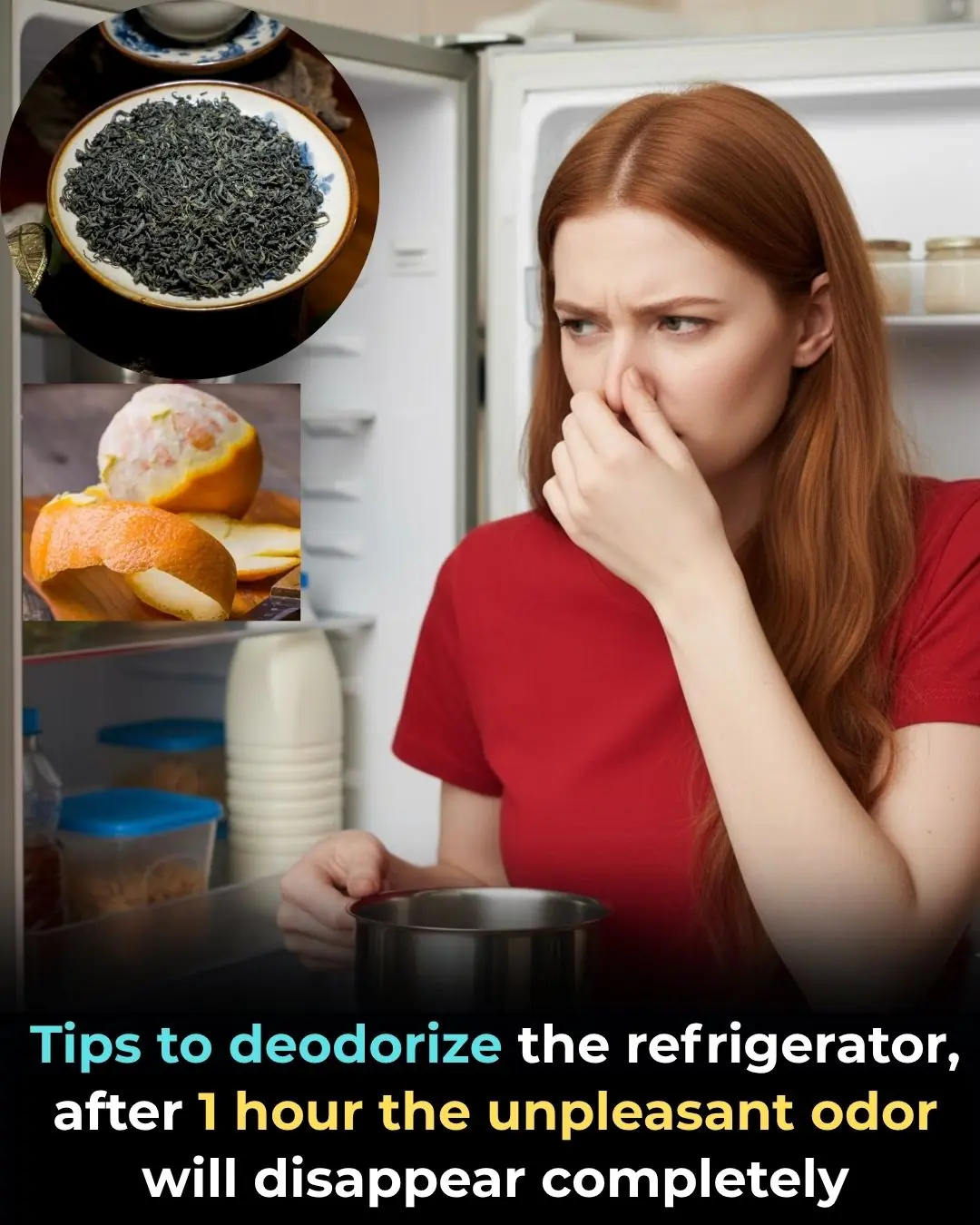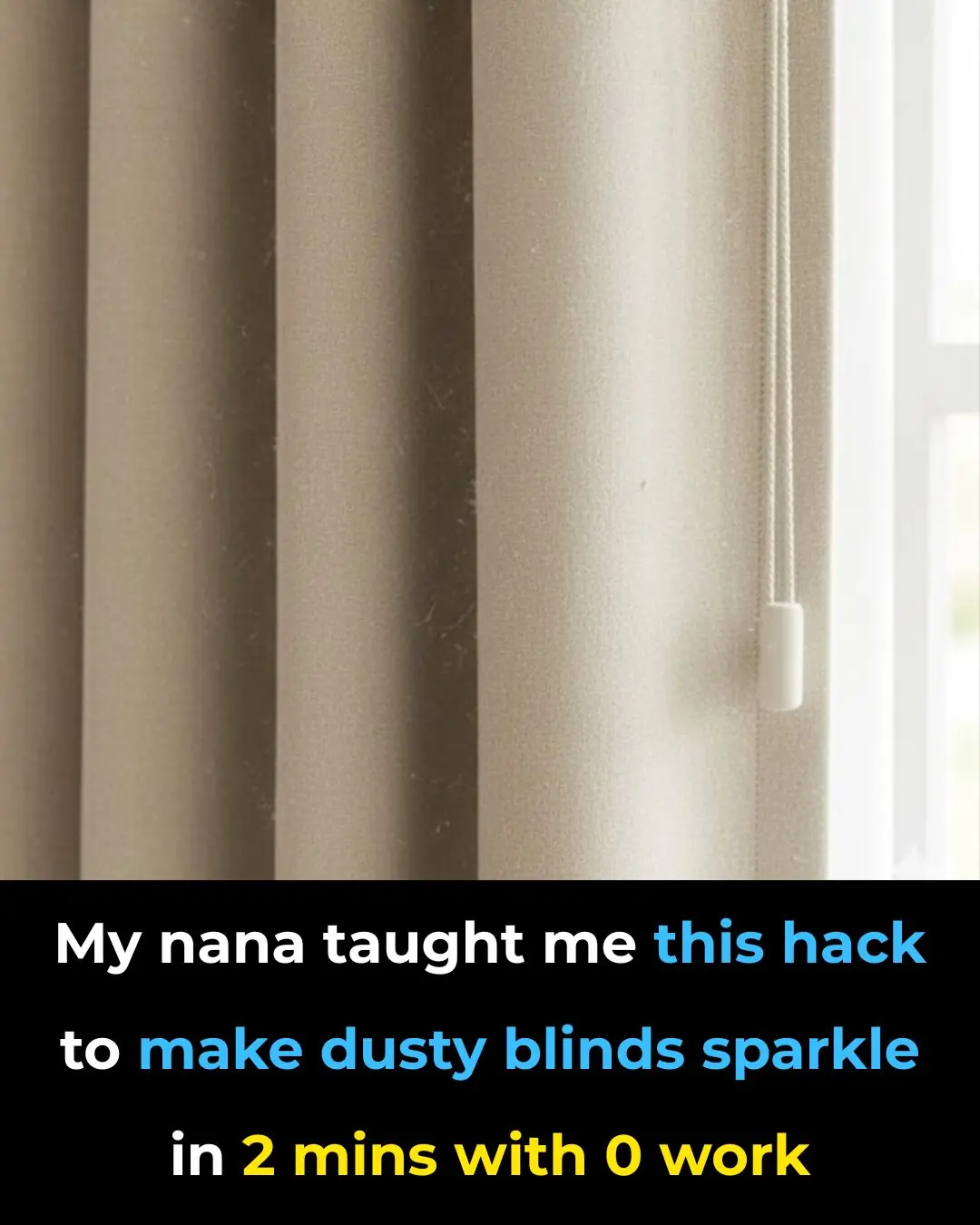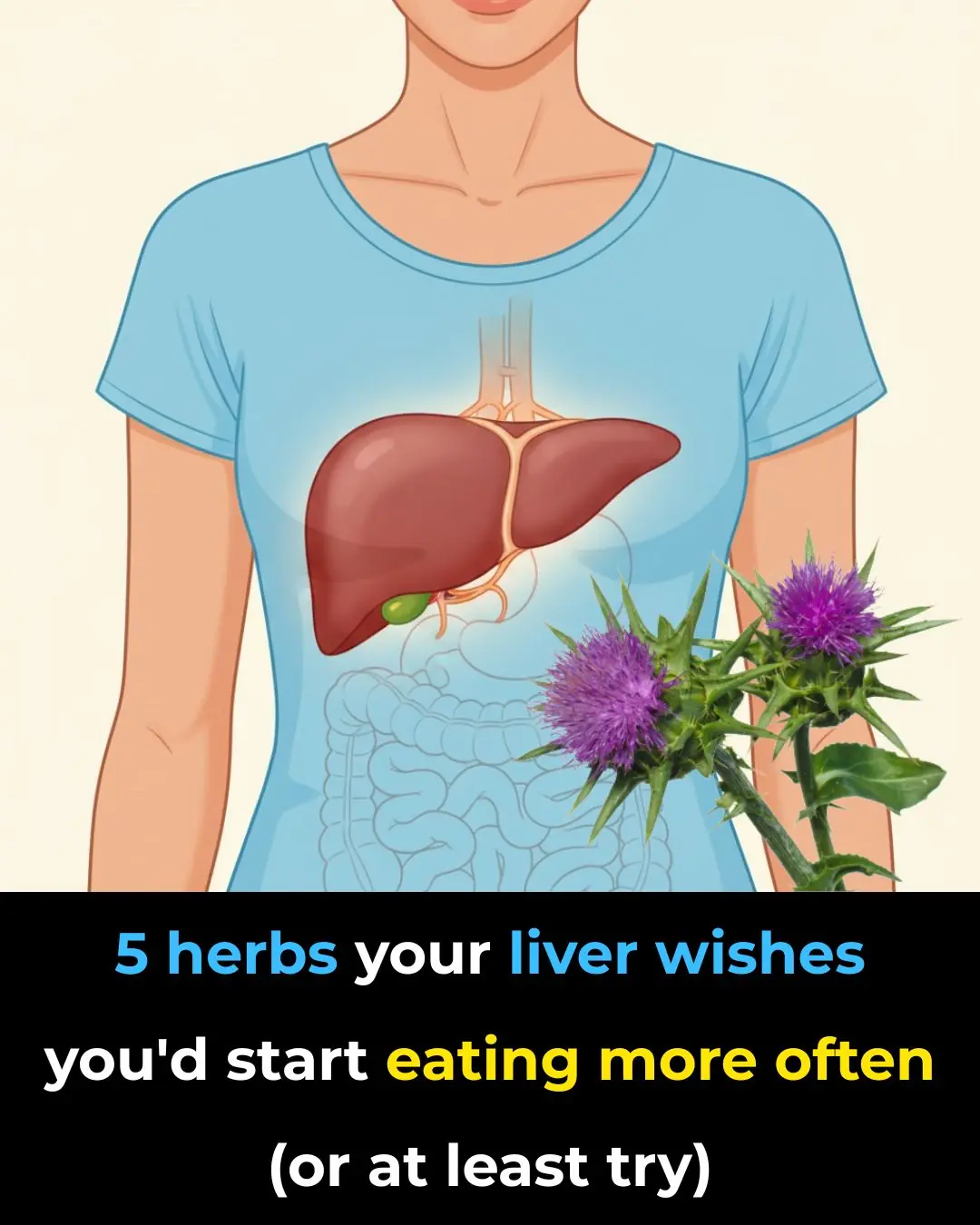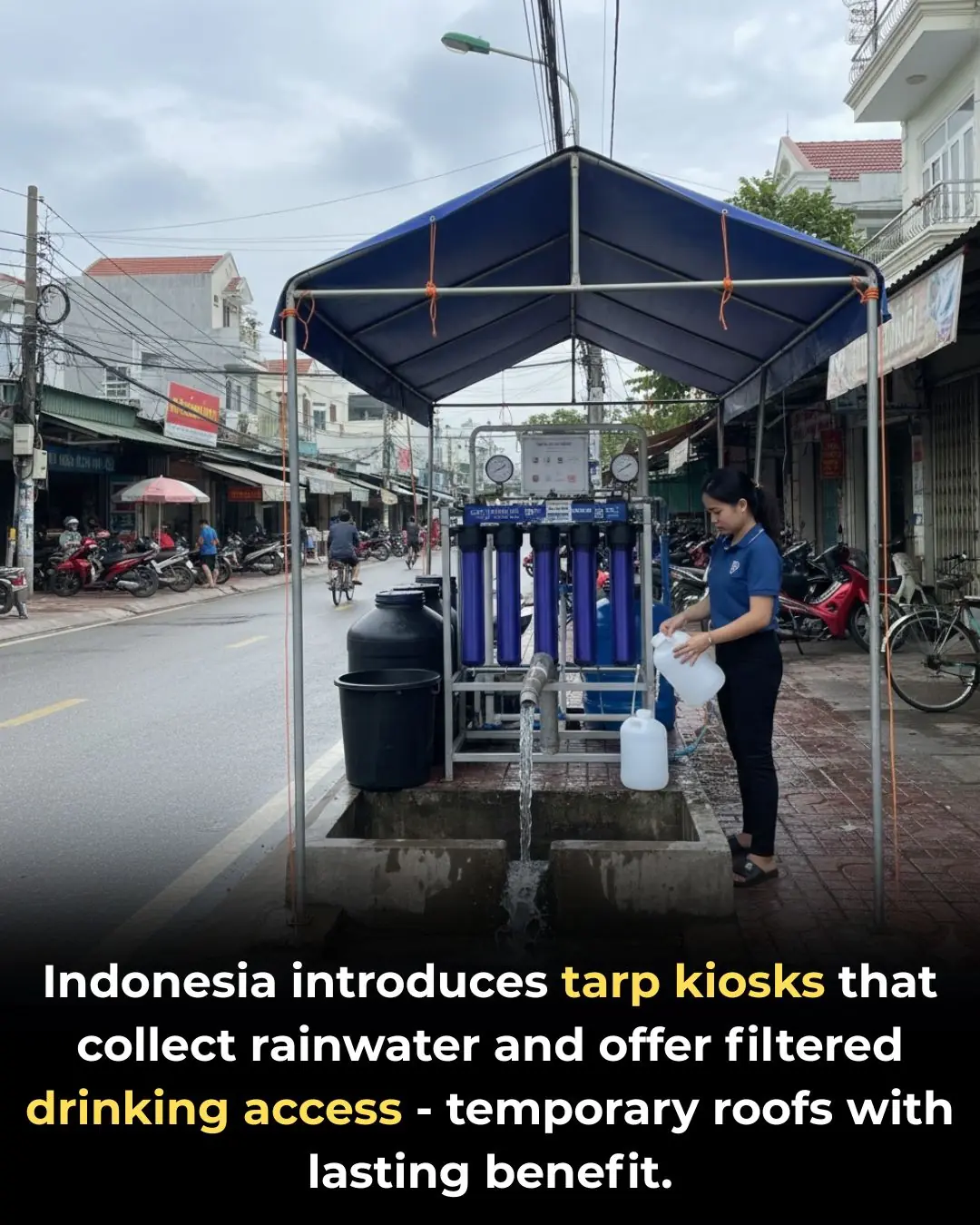
Why Lung Cancer Targets Non-Smokers: The Hidden Kitchen Culprit You Might Not Know About
We often associate lung cancer with smoking—and for good reason. Smoking remains the leading cause, responsible for more than 70% of cases worldwide. However, increasingly, lung cancer is affecting people who have never smoked a day in their lives. So what’s silently threatening our lung health without us realizing it?
Lung Cancer Isn’t Just About Smoking
When most people think of lung cancer, smoking immediately comes to mind. Indeed, cigarette smoke is still the number one risk factor. But in recent years, doctors have noticed a surprising phenomenon: a growing number of non-smokers are being diagnosed with lung cancer.
Epidemiological studies in countries like China show that more than half of female lung cancer patients have never smoked. In some cities, the incidence of lung cancer in non-smoking women is rising steadily, raising questions about other hidden causes.
Kitchen Smoke: The Invisible, Overlooked Threat
Many home cooks, especially those who frequently stir-fry, grill, or deep-fry, may not realize that daily exposure to cooking fumes can be nearly as dangerous as cigarette smoke. At high temperatures, fats and oils break down, releasing hundreds of toxic compounds, including:
-
Polycyclic Aromatic Hydrocarbons (PAHs): Strong carcinogens that can cause genetic mutations when inhaled over time.
-
Benzopyrene: Classified by the International Agency for Research on Cancer (IARC) as a Group 1 carcinogen.
-
Aldehydes and other irritants: These compounds irritate the respiratory tract and increase the risk of chronic inflammation and asthma.
Research shows that people regularly exposed to kitchen smoke have a 2–3 times higher risk of developing lung cancer compared to those who are not exposed. This explains why many non-smoking women are diagnosed despite never touching a cigarette.
How Cooking Fumes Damage the Lungs
Fine particles in cooking smoke are extremely small, allowing them to penetrate deep into the alveoli of the lungs. Over time, chronic exposure leads to persistent inflammation, damaging lung tissue and increasing the risk of cellular mutations that can trigger cancer.
Other Hidden Risks for Non-Smokers
Even if you don’t smoke, several “silent” risk factors can still affect your lungs:
-
Secondhand smoke: Living with smokers increases lung cancer risk by 20–30%.
-
Indoor air pollution: Burning coal or wood for heating, or using low-quality household materials, can release harmful chemicals like formaldehyde.
-
Occupational exposure: Jobs that involve asbestos, dust, or radiation increase lung cancer risk.
-
Genetic susceptibility: Some people inherit weaker DNA repair mechanisms, making them more vulnerable to cancer triggers.
-
Chronic inflammation: Conditions like chronic bronchitis or a history of tuberculosis can create localized tissue changes that predispose the lungs to cancer.
This demonstrates that even non-smokers cannot afford to be complacent about lung health.
How to Reduce the Harm of Kitchen Smoke
Since cooking fumes are a major factor, taking simple preventive measures at home can make a significant difference:
-
Use a high-quality range hood: Always turn on the exhaust fan before cooking and leave it running a few minutes after finishing. A powerful, easy-to-clean hood with replaceable filters is ideal.
-
Control cooking temperatures: Avoid overheating oil. Many harmful compounds are released when oil exceeds 200°C. Keep frying and stir-frying below 180°C whenever possible.
-
Choose healthier cooking methods: Favor steaming, boiling, poaching, or slow-cooking over frying. Reducing oil smoke exposure also limits free radicals and DNA damage.
Early Detection Saves Lives
The early stages of lung cancer often show no clear symptoms. By the time warning signs appear—persistent cough, chest pain, or coughing up blood—the disease is often at an advanced stage.
For high-risk individuals—such as non-smokers frequently exposed to cooking smoke, those with a family history of lung cancer, or people with chronic lung conditions—annual low-dose CT scans are strongly recommended. Early detection can allow minimally invasive surgery, with cure rates exceeding 90% in localized cases.
Final Thoughts
Lung cancer is no longer a smoker-only disease. Hidden threats like kitchen smoke, secondhand exposure, and environmental pollutants silently endanger our lungs. Awareness, preventive habits, and early screening are key to staying healthy.
By making small changes in our daily cooking habits and monitoring lung health proactively, we can significantly reduce the risk of lung cancer—even if we’ve never touched a cigarette.
News in the same category


Boil green bananas this way

Tips to deodorize the refrigerator

3 ways to make crispy roasted pork at home in a pan or fryer

Tips for hair treatment with okra, extremely effective against hair loss, baby hair grows bristling

Just tried this and whoa

2 Simple and Effective Ways to Remove the Smell from Long-Frozen Meat

Lady had a bunch of empty old pill bottles

There’s a “Hidden Component” Under Your Washing Machine That Can Make Your Clothes Cleaner and Fresher

Wish I saw this sooner! Great tips!

Dropping wind oil on garlic

Don't boil chicken with salt and water, otherwise it will be fishy and turn red.

Take the meat from the freezer and it's hard as bricks

Your Mattress Getting Dirty and Smelly? Sprinkle This on the Surface — No Water Needed, and It’ll Look Fresh Again

Sink Trick You Should Always Do Before Vacation

My nana taught me this hack to make dusty blinds sparkle in 2 mins with 0 work

How To “Remove” All The Chemicals Out Of Store-Bought Chicken

If You Want Your Meat to Stay Fresh Longer, Make Sure to Do This One Extra Step Before Refrigerating

Knives become dull and rusty after long use. Remember these 5 easy ways to clean them. No matter how rusty your knife is, it will still be shiny and sharp
News Post

‘Don’t You Guys Sleep In Trees?’: Black College Football Player Quits School Team After Suffering Racism from Teammates He Lived with

Mice ran loudly on the ceiling

Boil green bananas this way

‘Take the Underground Railroad Girl’: Karen’s Mid-Flight Meltdown Gets Porsha Williams Escorted Off — But Simon’s Cryptic Private-Jet Post Takes Over

Tips to deodorize the refrigerator

3 ways to make crispy roasted pork at home in a pan or fryer

5 Herbs Your Liver Wished You’d Start Eating More Often (Or At Least Try!)

Tips for hair treatment with okra, extremely effective against hair loss, baby hair grows bristling

This one vitamin could help stop you from waking up to pee every night

“How Indonesia’s Tarp Kiosks Are Redefining Public Drinking Water”

Just tried this and whoa

2 Simple and Effective Ways to Remove the Smell from Long-Frozen Meat

Lady had a bunch of empty old pill bottles

There’s a “Hidden Component” Under Your Washing Machine That Can Make Your Clothes Cleaner and Fresher

Wish I saw this sooner! Great tips!

“Painting the Impossible: China’s Drone Experiments Turn Cliffs into Giant Artworks”

Dropping wind oil on garlic

‘Why Did You Come to This School?’: Lawsuit Says Chicago School Let 10-Year-Old Black Girl Be Called the N‑Word, Punched, and Threatened Daily—Then Blamed Her for the Disruption
